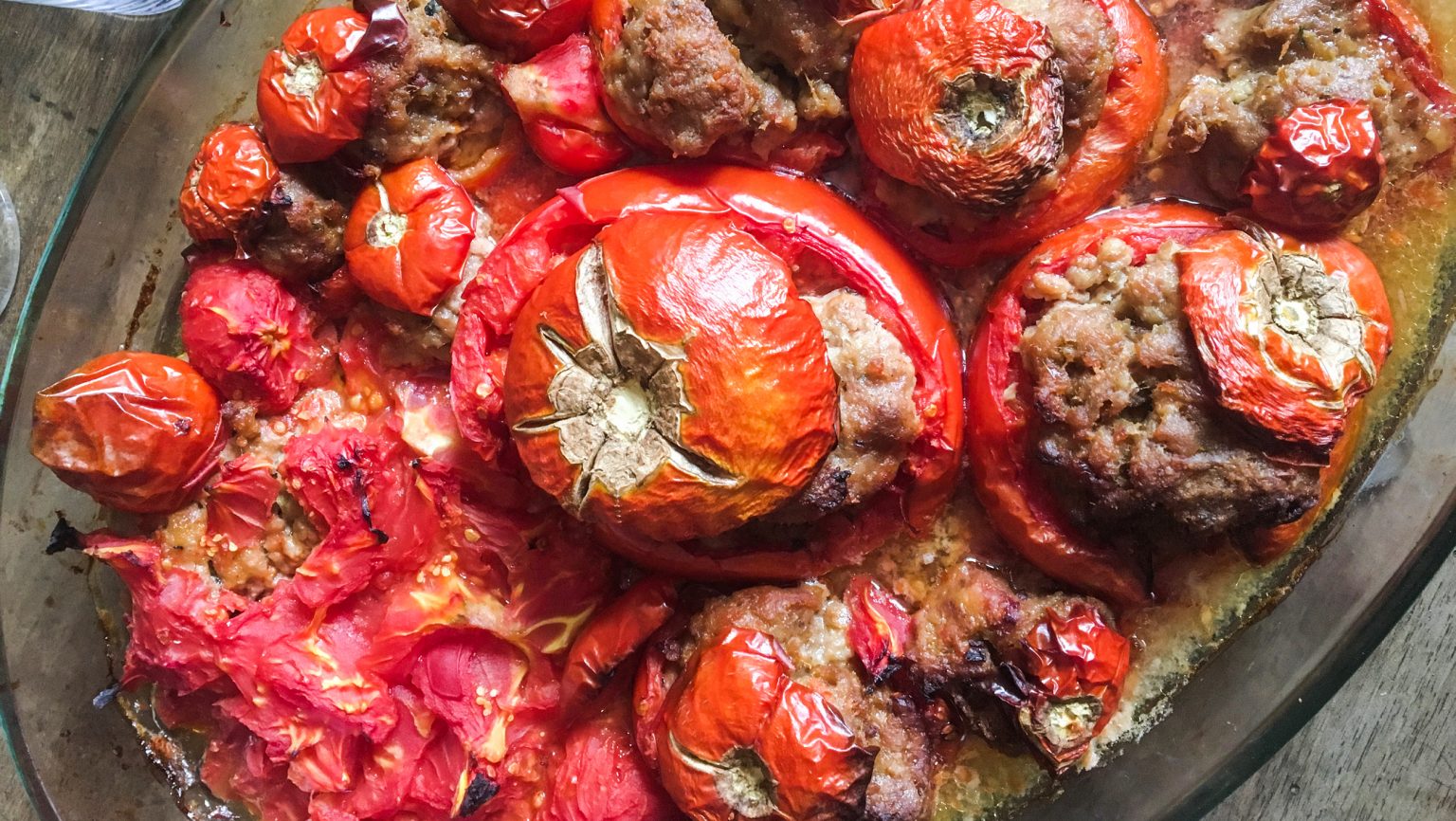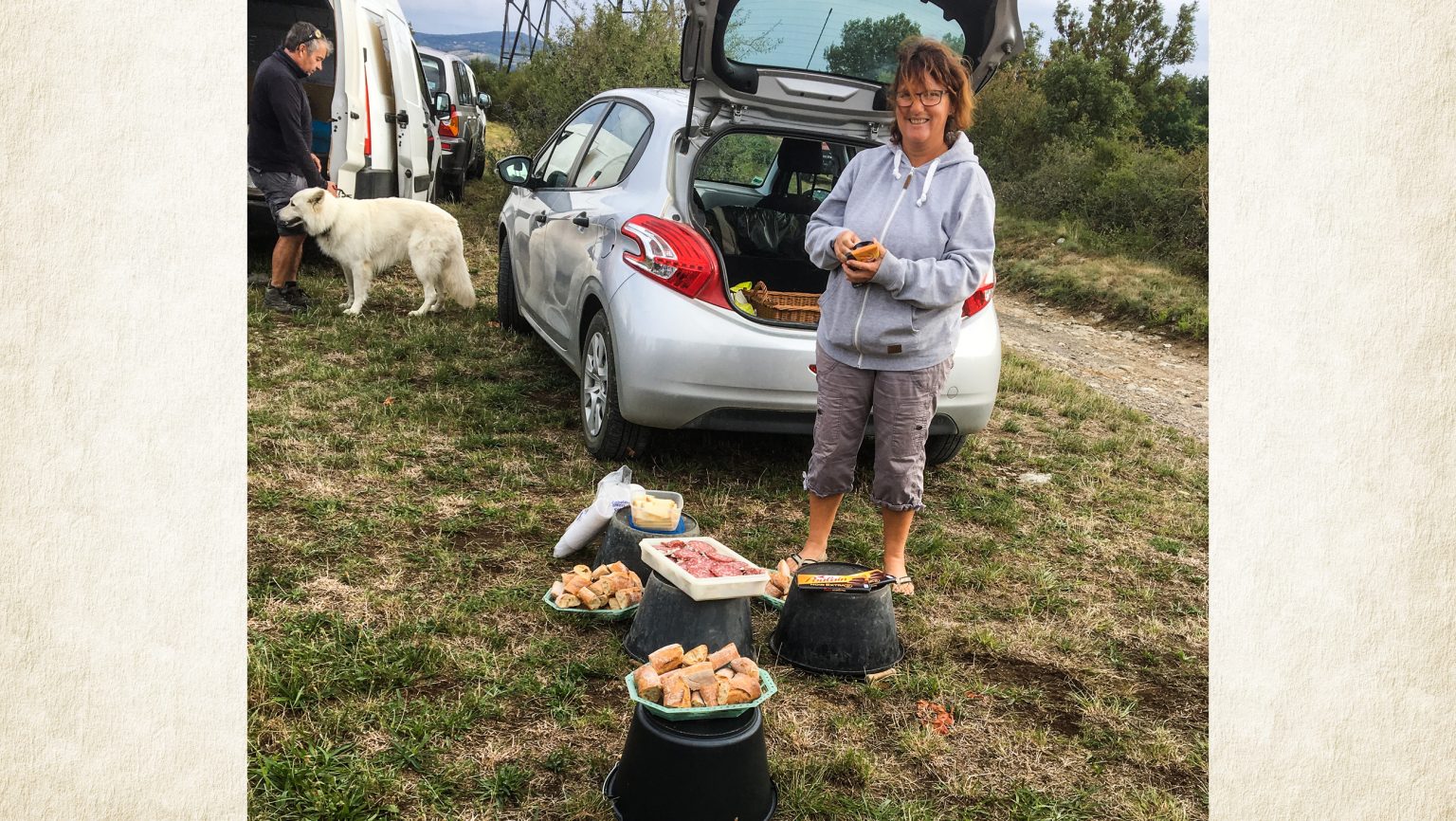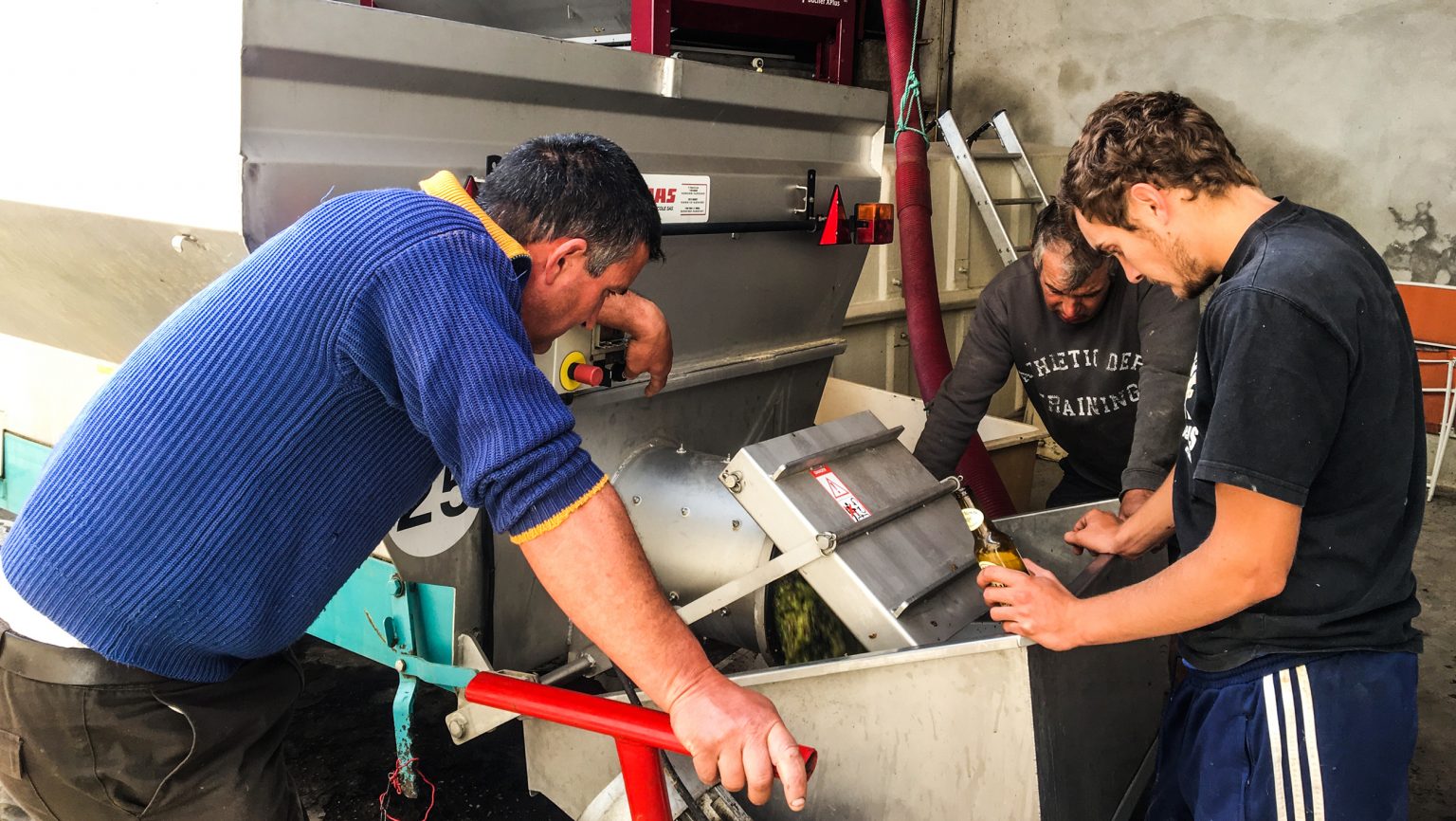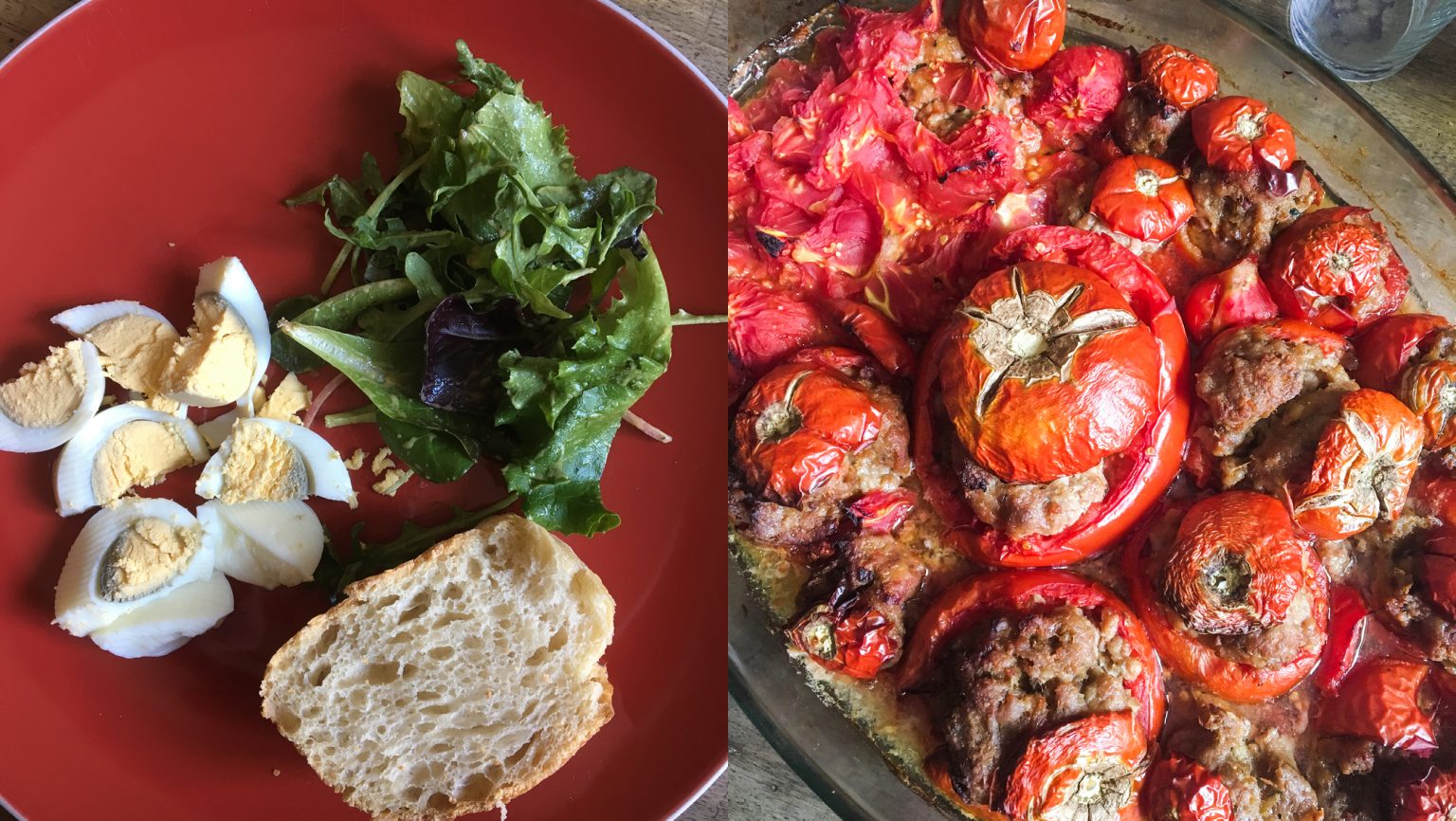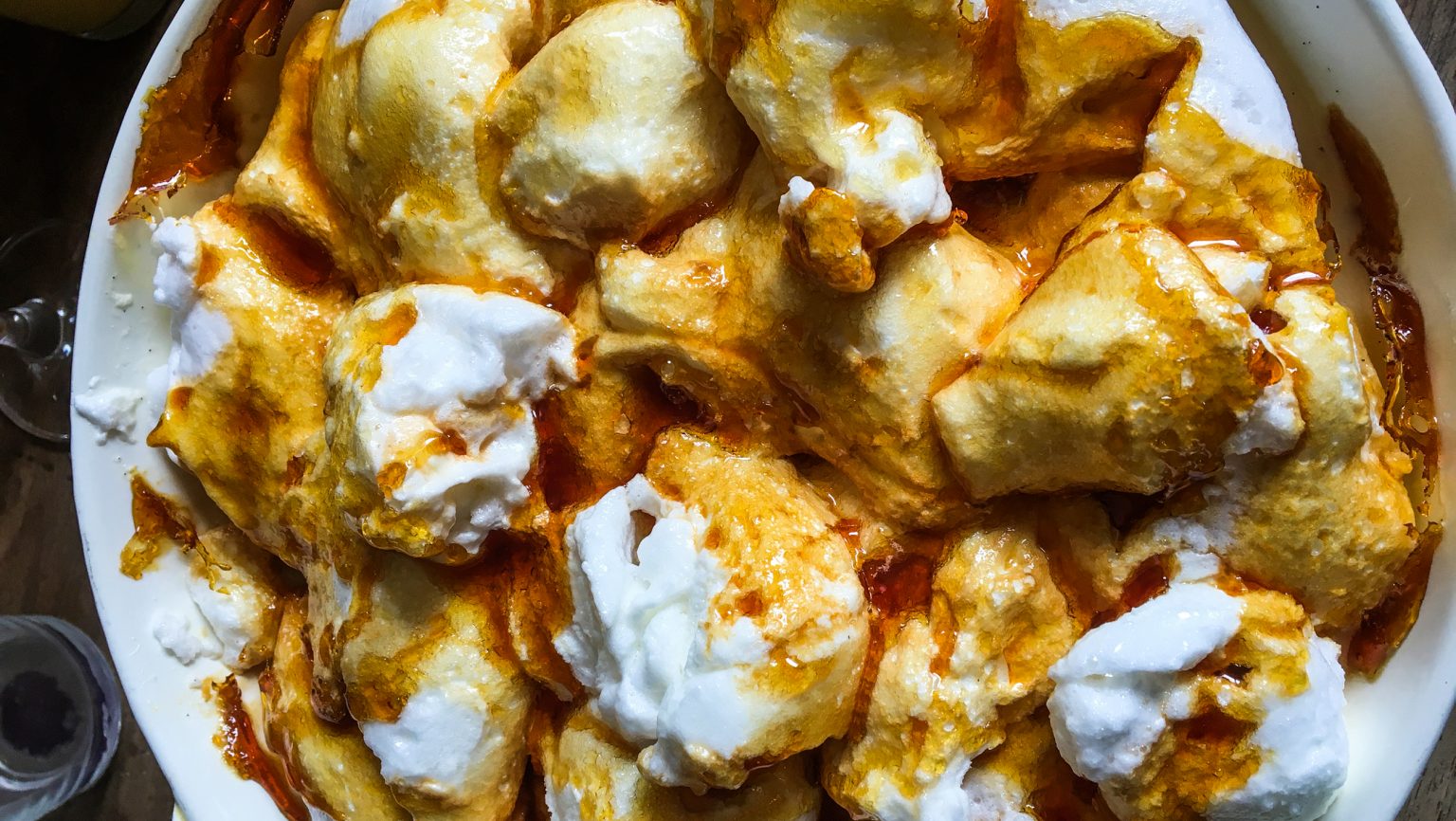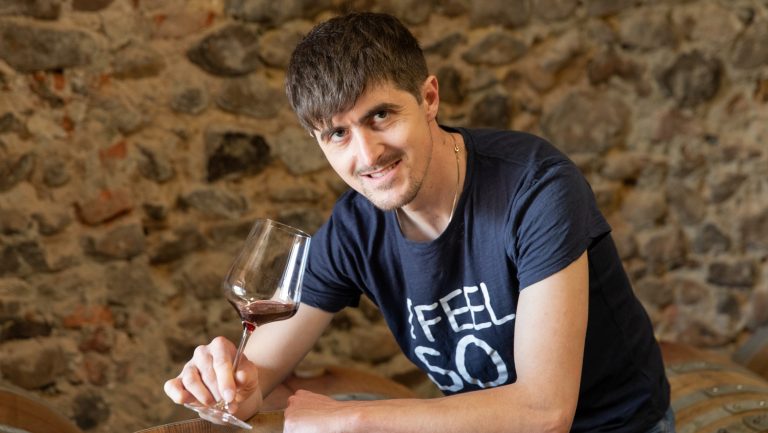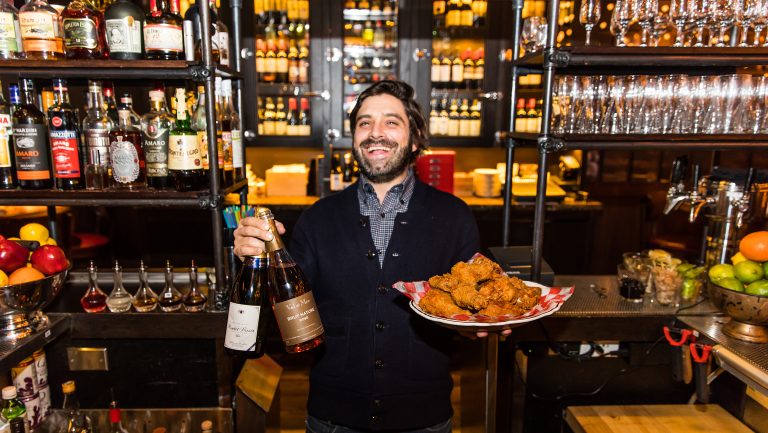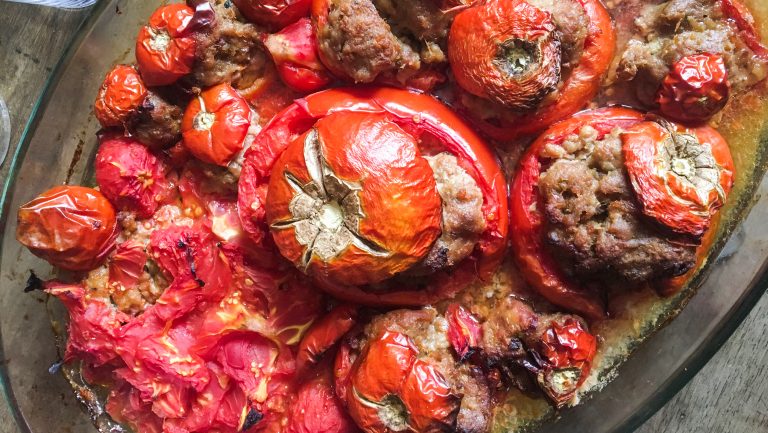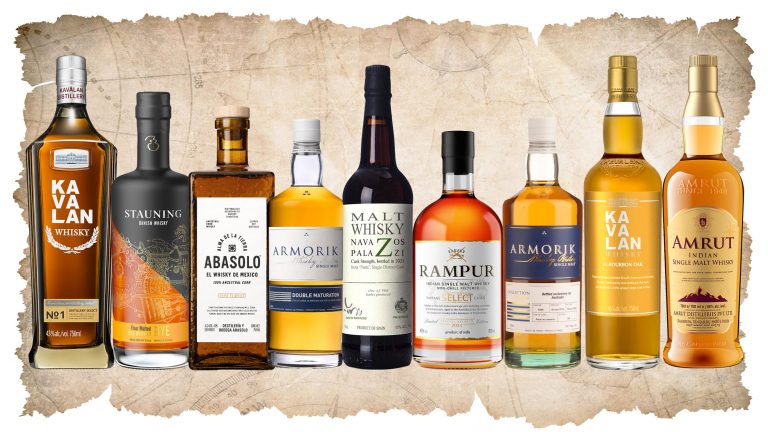Harvest is the most pressing time of year—literally and figuratively. Late nights, early hours, and endless amounts of physical labor cause stress levels, and back pain, to reach almost unbearable levels. At Domaine Daniel Pollier, situated in Fuissé, in the heart of Burgundy’s southerly Mâcon region, the family preps all year long for this most crucial period of their fifth generation business. Pruning, facility maintenance, racking, and bottling of last year’s vintage, and endless amounts of cleaning have all led up to this very moment, where the fruits of their labor are finally ready to be collected.
Domaine Daniel Pollier has been producing white wines across Mâcon since the 18th century, with current plantings of Chardonnay found in the appellations of Mâcon Fuissé, Mâcon-Villages, Saint-Véran, Mâcon Chaintré, and Pouilly-Fuissé, the latter of which is en route to receive Premier Cru status in the coming years. The domaine comprises 13 hectares. All of the wines are crafted solely from estate fruit, coming from vines with an average of 40 years—some of which clock in at an impressive 70 years. The wines are distributed across the United States, imported by Monsieur Touton Selection. Vines sit between 250 and 300 meters above sea level on clay-limestone soils, with optimal southern and southeastern exposure.
Far from the likes of larger négociants and co-ops that occupy a significant part of the region, Domaine Daniel Pollier is a team of three, including owner and founder Daniel Pollier, Daniel’s 22-year old son, Alexis (who recently opened his own winery just up the street), and Jean Noel, the domaine’s ouvrier viticole, or simply, winery worker. Together, the three men farm the family’s combined thirteen hectares of Chardonnay, including a small parcel in Beaujolais for Gamay-based rosé wines. Having the strength to work through long days and nights is essential, and aided by hearty, home-cooked foods that are prepared by Daniel’s wife, Christine—all washed down with ample wine and beer, of course.

Don’t miss the latest drinks industry news and insights. Sign up for our award-winning newsletters and get insider intel, resources, and trends delivered to your inbox every week.
Twenty-four hours in the diet of a harvesting Burgundian-based vigneron looks a little something like this:
6:30 am: Rise and shine. Everyone is completely exhausted from the night before, as the last pressoir, carried out in a pneumatic press with a closed cage, didn’t finish until after 11 pm. Daniel takes a much needed coffee with one sugar. Just the smell of coffee makes Alexis cringe, for a reason he can’t quite explain. Breakfast is not served quite yet. First, there’s work to be done.
8:32 am: After an hour and a half of Jean mechanically harvesting with the tractor, and Alexis trailing behind him plucking missed grapes, today’s breakfast break consists of a demi-baguette, a hunk of salami, a small block of Comte cheese, and water, hand-delivered by Christine. On some days, that option is swapped out for croissants and pain au chocolat.
11:37 am: Grapes are loaded into the grape press for the first round of the day. The machine will press the grapes for three hours, during which, everyone will sit down and have lunch upstairs with Christine, then head back outside to continue harvesting grapes. As the grapes spill into the press, everyone cracks a Kronenburg beer.
12:06 pm: “Putain, j’ai faim,” Alexis exclaims, announcing his debilitating hunger, as we all take off our dirt-streaked sneakers before heading up stairs. The smell of roasting tomatoes and spicy meat fills the kitchen. The two older men prepare a pastis as an apéritif, pouring an ounce of Ricard into their glasses, filling the rest up with water. Alexis lines the bottom of his glass with strawberry syrup, topping his off with water, too.
The team snacks on peanut-flavored crisps with their apéro. Despite the fast-moving pace of it all, lunchtime is a treasured break for Daniel and his team to refuel—and to contemplate the coming hours of work. Alexis and Daniel argue over how long the grapes should stay in the press, whether to continue harvesting if it lightly rains, and the pros and cons of fermenting with indigenous yeasts; “Putain, tu me fais chier!” Alexis shouts, letting everyone know that his dad is driving him insane, as he pounds his fists down on the table.
12:14 pm: Christine walks over with the first course and, all of a sudden, everything is fine. The meal starts with a simple salad: greens and a homemade dressing concocted of mustard, balsamic vinegar, oil, and honey harvested from Alexis’ beehive, served with a baguette.
12:31 pm: Daniel tops off everyone’s glass of Pouilly-Fuissé as Christine brings out the main course: tomates farcies. The roasted tomatoes ooze warm juice over the spicy combination of meat, garlic, and onions. Conversation stops as everyone devours the food in front of them.
12:54 pm: A cheese course of local chevre, Reblochon, and Comte follows. For dessert, Christine has picked up pastries from the local pâtisserie, which are served with coffee. Eighteen minutes later, it’s time to get back to work.
3:55 pm: Throughout the afternoon, everyone “snacks” on grapes. The main reason for sampling the vineyard’s fruit is to taste for ripeness, but when the occasional sugar craving strikes, the solution is simple: Pick a cluster of Chardonnay, and bite into the sweet, juicy berries.
4:37 pm: The juice from the morning’s harvest has been pumped out of the press, the machine has been cleaned, and it’s time for round two. Jean and Daniel crack a Kronenburg; Alexis opens a bottle of Grimbergen, a Belgian pale ale.
8:24 pm: The last three-hour press of the day has finished and everyone sits down for dinner before a long night of cleaning equipment. A bottle of red from Corbieres is uncorked, and the meal starts with a fresh salad. Alexis lights up when the main course of Tartiflette is served. “Voila!” he exclaims, digging into sizzling creme fraiche and gooey Reblochon cheese layered between sliced potatoes and studded with shallots from the garden. Typically, bacon lardons are thrown into the mix, though not this time. Instead, Christine has prepared duck breasts to serve atop the potatoes. The team emits a collective sigh.
9:30 pm: For dessert, Christine has prepared a homemade île flottante, a “floating island” of whipped egg whites and sugar atop a sea of vanilla flavored creme anglaise. Even after that heavy meal, everyone licks their bowls clean. Coffee and a tiny piece of dark chocolate for everyone concludes the hour-long meal.
By the time the team rises from the table, it’s after 10 pm and the press still needs to be cleaned. Christine says goodnight and heads to bed, while the other three head out for another hour of cleaning the equipment. After all is shiny and scrubbed, Jean will head home, and Daniel and Alexis will collapse into their beds. Sleep is an essential part of the rigorous harvest schedule, one that will endure for at least twelve more days—and there’s less than eight hours until it’s time to get back to work (with a day full of meals to look forward to).

Dispatch
Sign up for our award-winning newsletter
Don’t miss the latest drinks industry news and insights—delivered to your inbox every week.
Vicki Denig is a wine, spirits, and travel journalist based between New York and Paris. Her work regularly appears in Decanter, WineSearcher, Food & Wine, and more. She also works as a content creator / social media manager for a list of prestigious clients, including Beaupierre Wine & Spirits, Corkbuzz, Veritas Imports, and Crurated.


